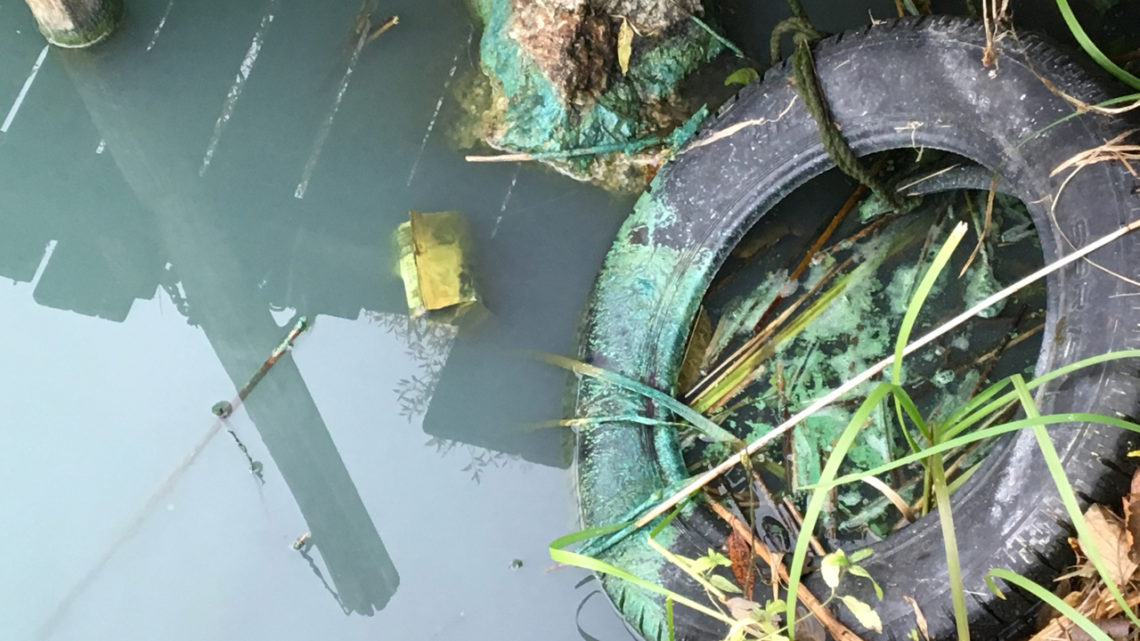Some generations into the industrial age we have left quantities of toxic waste and excess nutrients in the oceans and water bodies. Now much of this is trapped in the bottom sediments, where it is gradually released and damages the environment and wildlife.
One of the problems is the large supply of phosphorus, this gives eutrophication of lakes and water, the over-fertilized lakes have problems with algae blooms and oxygen-free bottom water. The water becomes unattractive, partially toxic and in the anoxic water and sediment no fish or other aquatic animals can live.
Although we now better manage the emissions, the internal load of phosphorus released from the sediments cause the ecological status to improve slowly or not at all. The solution is to remove the sediment by thin layer dredging or to seal the sediments. I have had the pleasure of serving as the contractor’s project manager for a successful pioneering project, where phosphorus-rich sediment was removed by thin layer dredging. Only the top 5 cm of sediment was removed, which is where the phosphorus content was highest.
A special method of environmental dredging carefully removed the sediments, pumping them to at dewatering facility on the lake shore. The dewatered sediment are going to be processed into pelleted fertilizers. A reuse of phosphorus after it is removed from where it did damage. Watch the County Administrative Board of Jönköping’s video above, there is more info!
Nils Paul Mehren


